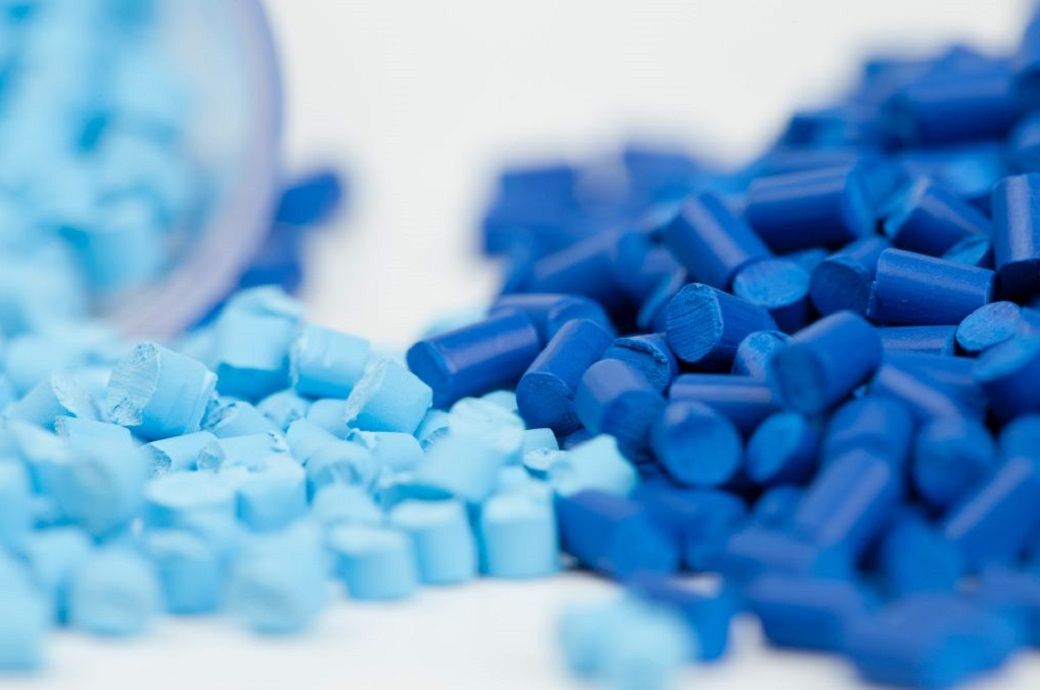
“There is a general need from brand owners and yarn producers for sustainable solutions that can help them reduce their carbon footprint. Finding solutions to meet this growing need is one of the main trend drivers in the specialised materials industry,” Dallavalle told F2F. He highlighted that one prominent approach is utilising more recycled materials within textiles, thereby reducing dependency on fossil-based resources and the industry's carbon footprint.
Beyond recycling, Dallavalle believes the industry needs to explore additional methods to reduce greenhouse gas emissions, such as changing how yarns are dyed. Current bath-dyeing practices require substantial water and energy usage. A more sustainable alternative is spin-dyeing or dope-dyeing, suitable for extruded synthetic fibres like polyester and nylon.
Unlike bath-dyeing, spin-dyeing integrates colour during yarn manufacturing, reducing processing steps and energy consumption. Furthermore, this dry dyeing method uses concentrated colourant pellets, eliminating the need for water and wastewater generation.
“As a long-time provider of colourants for the spin-dyeing method, we see it as a good dyeing alternative for textile products that do not go through frequent colour changes,” concluded Dallavalle, citing brand colours, evergreens, and technical textiles as suitable applications.
Click here to read the full interview.
ALCHEMPro News Desk (NB)
Receive daily prices and market insights straight to your inbox. Subscribe to AlchemPro Weekly!